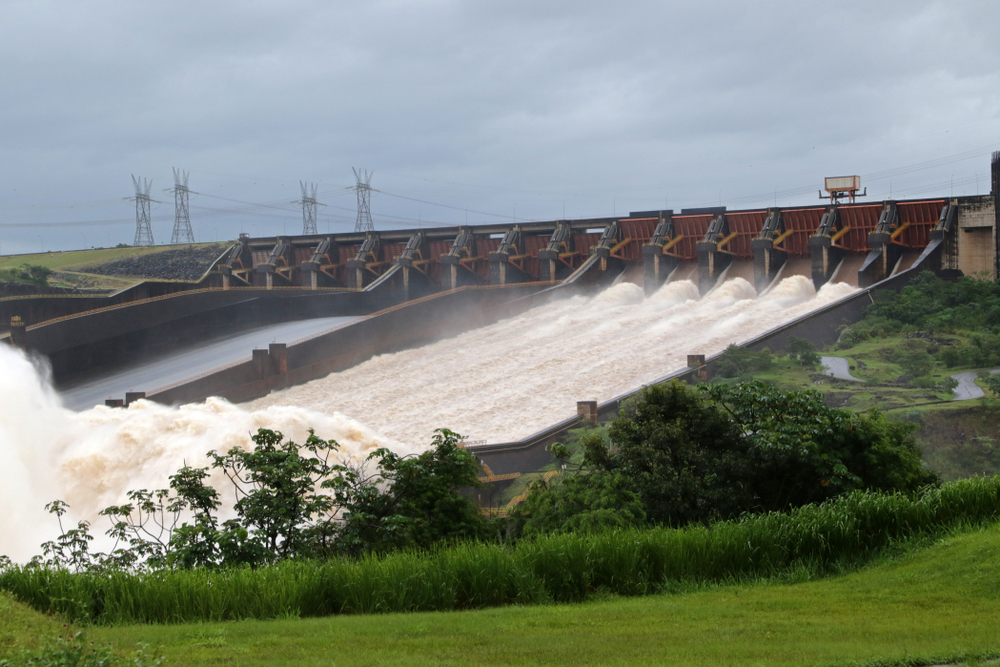Almost two-thirds of the energy produced in Brazil comes from hydroelectric plants. They are among the cleanest sources available, capable of producing much more than solar or wind power stations.
But they are not harmless.
In areas of Brazil purposefully flooded to create vast hydroelectric reservoirs, nature is drastically transformed: the climate changes, fish species disappear, animals flee, and trees rot. Not to mention the social impacts — as the construction of these massive lakes often involves displacing thousands of families. In Brazil, around 33,000 people have been forced from their homes by hydroelectric plants, according to the Movement for People Affected by Hydroelectric Dams.
A new study by researchers from the Maringá State University and the Federal Universities of Tocantins and Pará sheds light on the environmental impact of hydroelectric power stations.
Researchers investigated the leading causes of fish deaths in rivers and reservoirs in Brazil between 2010 and 2020, finding that filling reservoirs, switching turbines on and off, and opening and closing spillway gates cause sudden changes to the environment. These activities affect the availability of oxygen...


 Search
Search






































